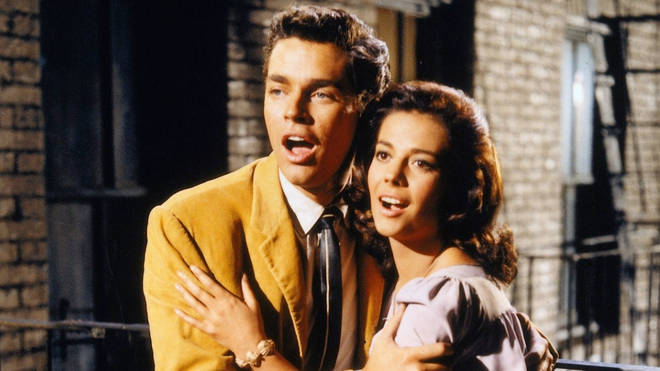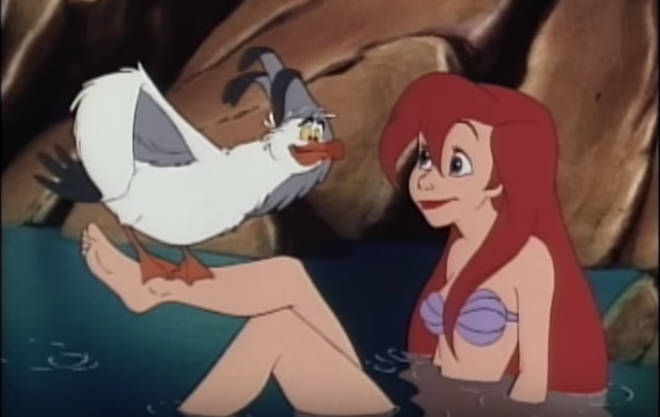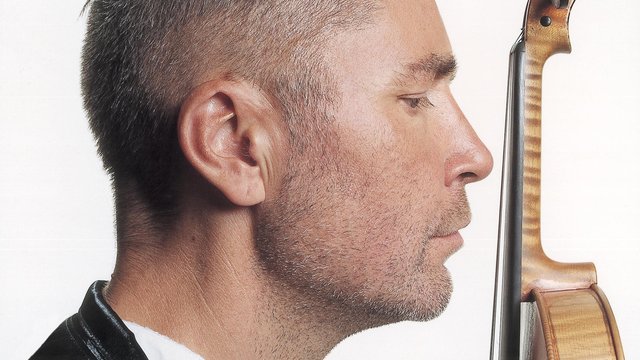From sweet-sounding duets to magnificent concertos, here are seven classical works inspired by hilly hikes and leisurely strolls.
1. The Hebrides (Fingal’s Cave), Mendelssohn
Composed in 1830, this spectacular tone poem written by was inspired by his travels to the British Isles – particularly the island of Staffa on Scotland’s west coast, which is home to Fingal’s Cave. Written in B minor and originally titled Die einsame Insel (The Lonely Island), the concert overture is intended to set a scene for the cave’s unusual echoes. It consists of two main themes – the opening notes are initially played only by the , and , suggesting solitude, while the second theme depicts the sea.
2. Seven Days Walking, Einaudi
Earlier this year, Italian pianist and composer unveiled his ambitious plan to release seven albums in seven months. He was inspired to create the collection, titled , after a walk in the Alps. It's signature Einaudi in terms of sound, and each selection of pieces portrays a different aspect of his wintery wander. Dreamy moments like a reflection of the moon on snow, and tracks left behind in the snow by foxes, are imagined in the music.
3. In the Hall of the Mountain King, Grieg
This orchestral masterpiece was penned in 1875 by as incidental music for Henrik Ibsen’s 1867 fantasy play, . Enduringly popular, its stomping main theme – played by cellos, double basses and bassoons – is instantly recognisable and tells the story of the play’s lead character, Peer Gynt, as he sets foot in the mountain troll’s hall. Written in the key of B minor, this epic piece builds tension by starting in a slow tempo and gradually speeds up to a finale.
4. Beethoven’s ‘Pastoral’ Symphony
A self-confessed nature fan and lover of trees, liked to go walking almost daily – and many of his best ideas came to him during walks in the country, including his 'pastoral' . Completed in 1808, its five movements contain programmatic content intended to depict the rural surroundings Beethoven encountered on his walks – including a scene by a brook and a merry gathering of locals.
5. ‘The Lark Ascending’, Vaughan Williams
This mesmerising piece of music was inspired by George Meredith’s poem of the same name about a skylark taking flight, and its song that could be heard during Meredith’s frequent strolls. Although wrote his first musical adaptation of the work in 1914 for violin and , he re-scored it in 1920 for solo violin and orchestra. This second version has become a classical music favourite and was voted .
6. Vivaldi’s The Four Seasons
Written in 1723, this majestic concerto is surely one of ’s most famous programmatic works and each of its four movements corresponds to a different season. The composer liked to observe his surroundings while walking and translated this into beautiful music – highlights in include high-pitched plucking from the strings to depict icy rain, while violas portray a barking dog in ‘Spring’.
7. Delibes’ Flower Duet (from Lakmé)
Premiering in Paris in 1883, this gorgeous duet for and mezzo-soprano is taken from ’ stunning three-part opera, Lakmé. The duet takes place in act one as lead character, Lakmé, and her servant, Mallika, wander through the great outdoors and gather flowers by a river.
Love walking and helping others? This September is raising money for our charity, Global’s . We're all getting out and walking to raise money, and would love for you to join us.







